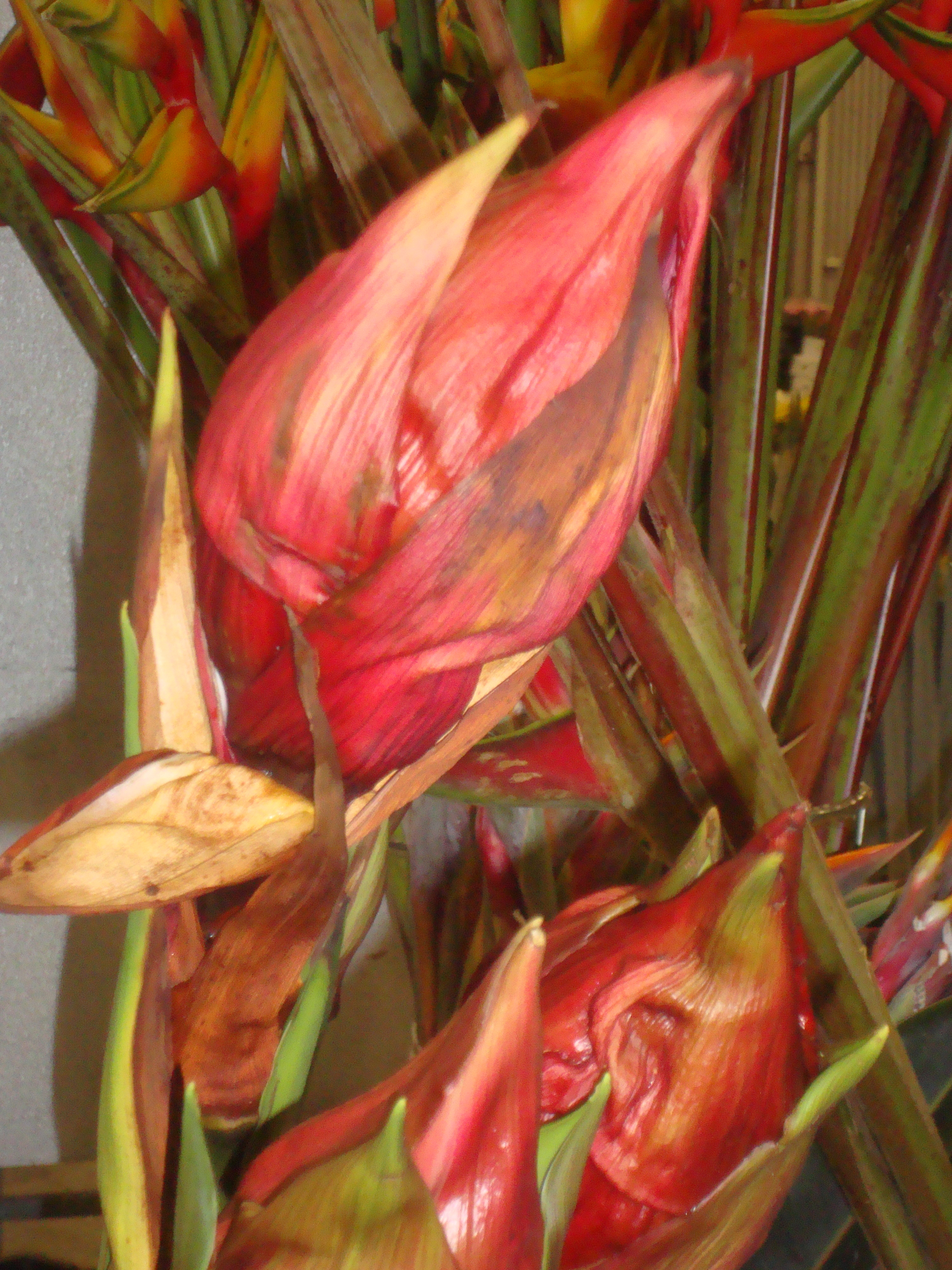Blog
In season: Gymea lilies, magnolias and buttercups

Gymea lily or Spear lily (Doryanthes excelsa) is in season now. With red flowers up to 50cm in diameter, stems that can be over 5m tall and well-formed spear-like leaves around 1m long, the Gymea lily is perhaps the grandest of all flowers we get to use in floral arrangements in Australia.
The Gymea lily is native to New South Wales but makes a great garden plant and is now grown widely. When you’re buying some Gymea, look for stems where the buds at the top of the flower head are beginning to open.
When you get your specimen home, cut at least 5cm from the stem with a sharp saw or loppers and get it into water with preservative as quickly as possible. The preservative is important for helping the flowers to open. Replace your water and preservative daily. Keep your treasure cool.
Magnolias are also in season now and with stems (whole branches usually) from 50cm to 1.5m long, they, too, make spectacular large displays. Choose branches that have about half the flowers open and where the petals don’t fall off when you move the branch. Magnolias also like to be kept cool and they need daily changes of water and preservative to prolong their ‘vase’ life and keep the flowers opening. Cut 2cm–3cm from the bottom of each stem or branch before you put it in your container.
Despite what we may have been told in the past about smashing or bashing woody stems, don’t bash or smash either your Gymea lily or your Magnolia.
Did you know that the family Magnoliaceae – the plant family that today’s modern Magnolias belong to – is over 95 million years old? The Magnolia family was one of the earliest flowering plants to evolve, along with the Water lily (Nymphaeaceae) and Buttercup (Ranunculaceae) families.
Buttercups (Persian buttercups – Ranunculus asiaticus)) are also in season, if you’d like some bright colours around the house and you’re aiming for a display a little smaller than one involving Magnolia or Gymea lilies. Keep up the clean water and preservative to these too after you trim a couple of centimetres from the bottoms of the stems.